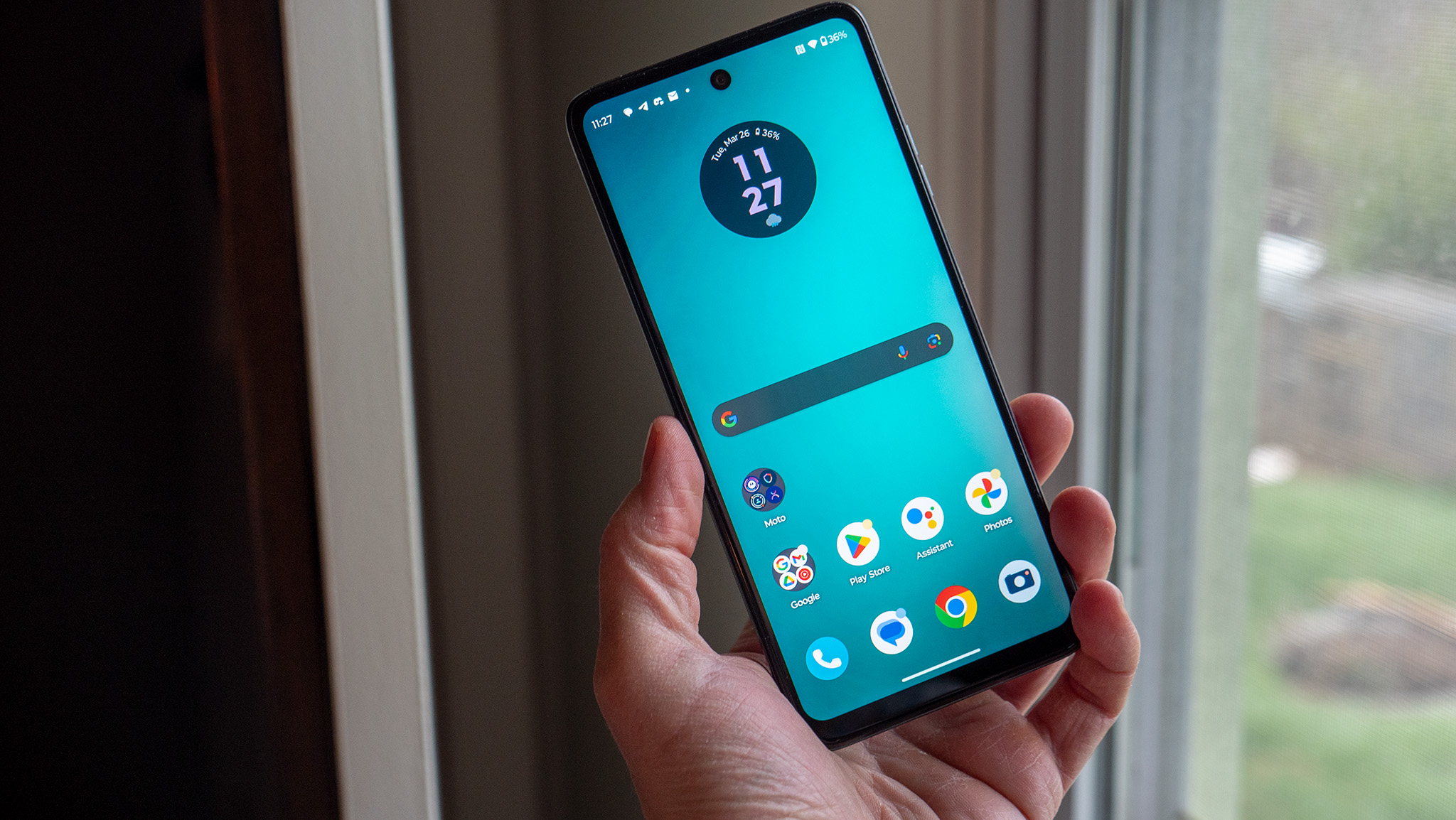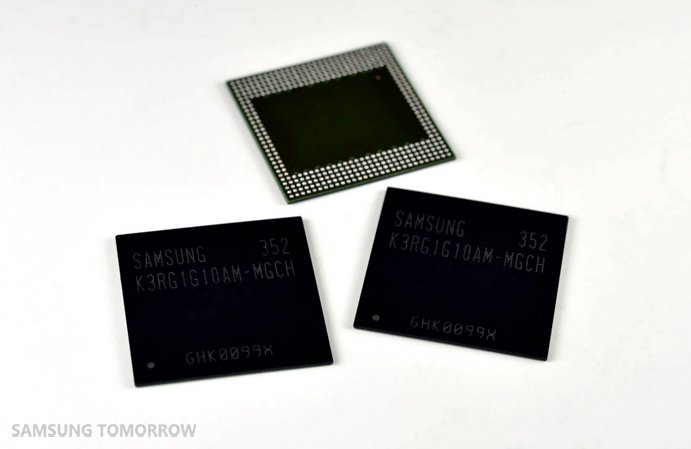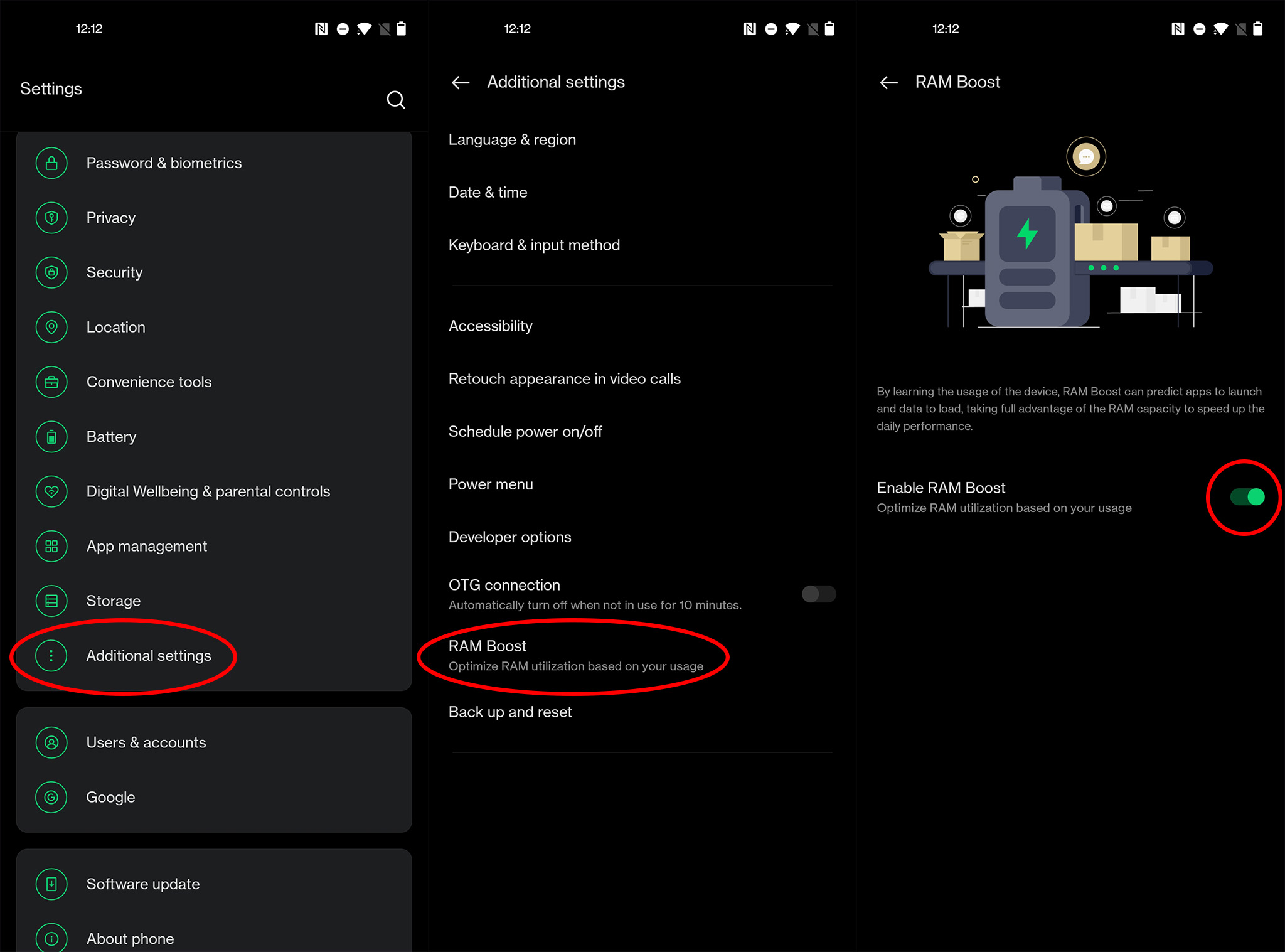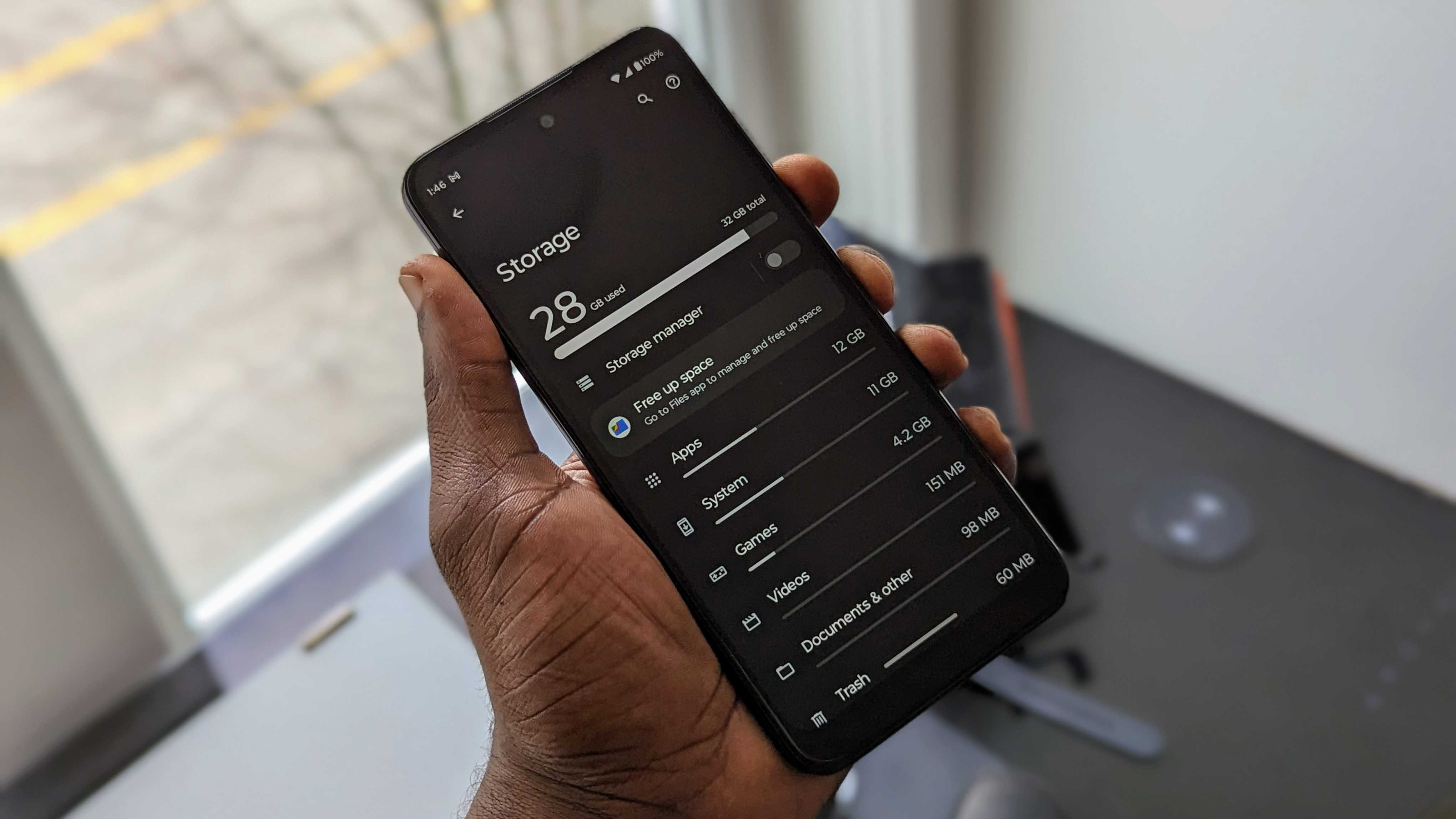What is virtual RAM, and should you use it?
Free RAM is wasted RAM.

So you were digging in the settings of your phone and found a feature that says it will add more RAM to make everything stronger, faster, and better. That probably left you with some questions: Why is this a setting and shouldn't it just be better all the time?
Spoiler — it's all a lie. There is no way to add more memory to your phone, and the amount that was put in when it was built can't ever be changed. However, some software trickery that might boost performance in theory can be done. This is what you're seeing, and here's the scoop on what it does and if you really should use it.
Everything you ever wanted to know about RAM

RAM stands for Random Access Memory and is hardware that every computer, including your phone, needs to operate. It's storage that holds data about the things you're doing and the apps you're actively using, and optimizing it is important because of its effect on performance.
RAM is fast. Your processor can communicate with it directly, and adding or retrieving data from it seems instant. There is no perceptible delay from the time the data moves in and out of RAM and the time whatever that does appears on your screen.
All operating systems have a way to manage how RAM is used, including Android. Some of it has to be reserved for things like the cellular modem or video memory, so if your phone comes with 8GB of RAM, you only get to use about 6.5GB of it.
This is the portion used to load apps and their associated data. Your apps aren't installed in RAM (unless you've done something crazy) but they get loaded in when you open them. What I'm saying is that having enough RAM and using it properly are important.

There are two things you might have heard before: "Android is Linux" and "free RAM is wasted RAM." Both are technically true, but it's really not that simple.
Be an expert in 5 minutes
Get the latest news from Android Central, your trusted companion in the world of Android
Android is not Linux the same way Ubuntu is Linux. Android is highly optimized for use in a low-power, low-resource system, and that means it manages memory very differently. A simple way to think of it is that your phone "learns" what apps you use and keeps those loaded into RAM so they can be opened instantly(ish). This is because of how it actually works — apps that are opened are kept in RAM until free space is needed, and then the app that's been there unused the longest gets purged to make room for something new. That's why people say free RAM is wasted.
The Linux kernel also can make use of a swap file. Windows and MacOS do the same. This is space on the storage drive that's marked to be used for storing apps and data for faster retrieval. If you open an app and it gets stored in the swap partition, it will load faster than it would if it weren't open at all.
This is what RAM Boost and other virtual memory features like it are really doing. And you're probably better off not using them at all.
It's good on paper

The idea of building a large dedicated space for data swapping on your storage drive is a good one. For you, it would allow more room to have more apps ready faster. Once all the technical details are addressed, it really does act like real physical RAM. That's why every computer does it on some level.
For the people who made your phone, it's a good way to spend less money and promise more performance. Companies know we love hearing that sort of thing, so they're more than happy to do it.
Your phone is not the same as a desktop PC, though, and using swap for application data transfer sucks — it's really, really slow. Slow 🐢. It's also unnecessary because Android was designed for phones without much memory, and it aggressively manages it all to compensate.
I'm going to pick Motorola because I'm more familiar with its RAM Boost feature, and it's the brand we tested here. Using RAM Boost makes a phone like the Moto G 5G 2024 worse, not better. Apps regularly glitch out or crash, and switching apps is slower with the feature enabled.

Why it's bad is easy to answer: the phone, like most budget phones with a virtual RAM feature, uses eMMC storage. This type of storage is notoriously slow and is in no way suited to act as any swap drive. Reading chunks of data is no faster than opening an app in the first place, and data transfer in and out isn't fast enough for an app that expects data in a certain amount of time.
Faster storage media, like UFS, would be better, but it's still not nearly as fast as physical RAM. You would still see performance issues using a RAM-boosted application on a UFS storage device.
This isn't why I recommend you not use the feature, though. You can make your phone as slow as you like because it's yours. I say don't use it because eMMC flash storage isn't designed to be used this way, and doing it will prematurely kill your phone.
This kind of flash storage has a usable life of between 3,000 and 10,000 cycles. that means you can write or read data from a storage block about 3,000 times before it starts to go bad, and by the 10,000th time, it's expected that the block is dead. This can be compounded by the way to controller handles reading and writing when the size of the data doesn't match the size of a block.
In layman's terms, you're going to wear out the storage of your phone using virtual RAM long before you would if you don't.

I'll be blunt: you can't expect the same performance from a budget phone that you would find in one that costs $1,000. We all know that.
If you are like me and love saving money and buying a good, cheap phone, accept and embrace it. You'll wait a second longer for an app to open, and your games won't run at 90 fps. That gives you time to think about the money you saved.
Using a feature like Motorola's RAM Boost isn't some magic fix and could wreck your phone long before you're ready to recycle it.

Jerry is an amateur woodworker and struggling shade tree mechanic. There's nothing he can't take apart, but many things he can't reassemble. You'll find him writing and speaking his loud opinion on Android Central and occasionally on Threads.
You must confirm your public display name before commenting
Please logout and then login again, you will then be prompted to enter your display name.
